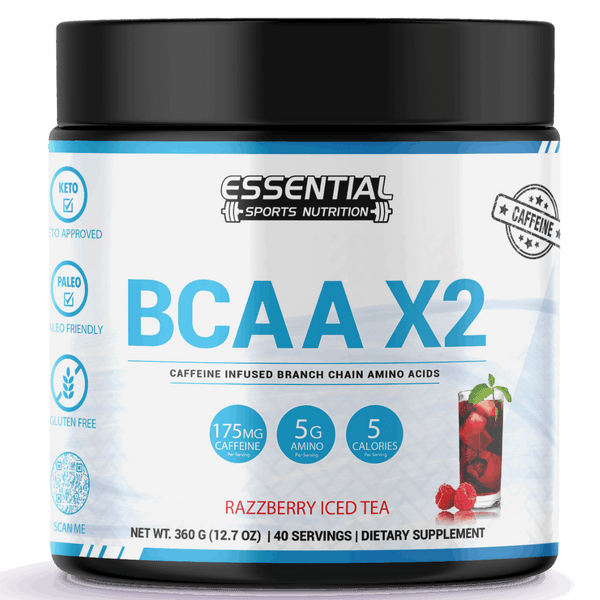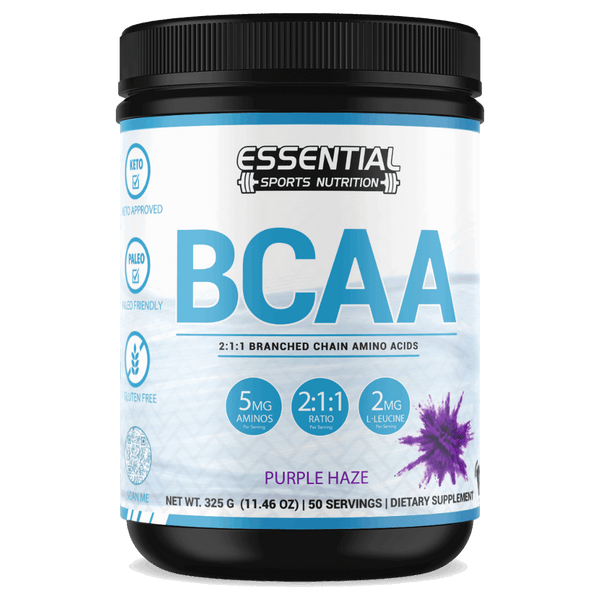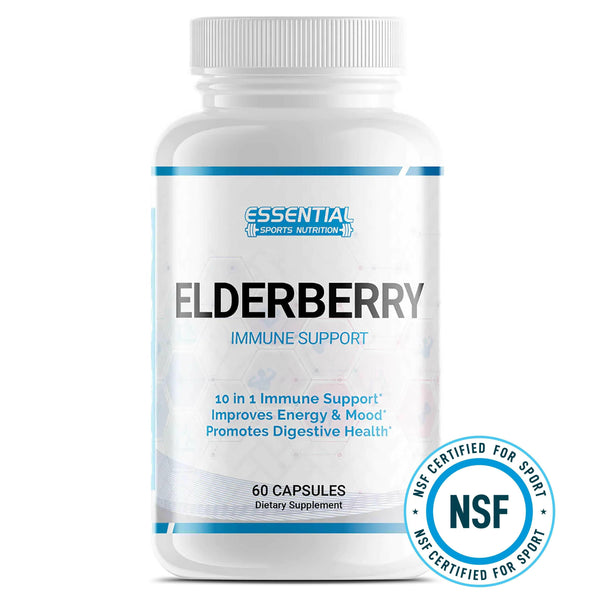Cardio Heart Rate Zones: Resting, Maximum, and Target Heart Rates
Understanding your cardio heart rate is key to improving your fitness and heart health. By keeping an eye on your heart rate during exercise, you can get the most out of your aerobic workouts. So, what is cardio heart rate, and how do you find your target zone? We'll show you how to boost your fitness by checking your heart rate during cardio workouts.

Key Takeaways:
-
Achieving your target heart rate during cardiovascular exercise is essential for optimizing your fitness level and cardiovascular health.
-
Monitoring and maintaining the appropriate heart rate during workouts can help you achieve maximum benefits from aerobic exercises.
-
Understanding resting heart rate and target heart rate zones will guide you in optimizing your cardiovascular benefits.
-
Calculating your target heart rate involves knowing your maximum heart rate and applying the appropriate percentage.
-
Monitoring your heart rate during exercise can be done manually or using wearable activity trackers for accurate results.
What is Resting Heart Rate and Why Does It Matter?
Resting heart rate is how often your heart beats in a minute when you're not active. It shows how healthy your heart is and your fitness level.
A lower resting heart rate means a healthier heart and better condition. Research has found that people with a higher resting heart rate are often less fit, have higher blood pressure, and weigh more.
It's important to keep an eye on your resting heart rate for a strong heart and good health. Knowing and managing your heart rate helps improve your heart health and fitness.
The Link Between Resting Heart Rate and Heart Health
A study in the Journal of the American Heart Association revealed that a resting heart rate over 75 increases heart disease risk compared to rates under 55.
This study shows why a healthy resting heart rate is key for your heart's health. Checking your heart rate often and keeping it healthy lowers your risk of heart diseases and boosts heart health.
The Benefits of a Lower Resting Heart Rate
-
Improved cardiovascular fitness and endurance
-
Reduced risk of heart disease and other cardiovascular conditions
-
Enhanced overall physical fitness level
-
Improved recovery time after exercise
-
Enhanced ability to cope with daily stressors
Keeping a lower resting heart rate can give you these advantages and better health.
Taking Control of Your Resting Heart Rate
Some lifestyle choices can change your resting heart rate:
-
Regular cardiovascular exercise: Doing aerobic activities like walking, jogging, or biking can decrease your resting heart rate over time.
-
Maintaining a healthy weight: Being overweight makes your heart work harder and increases your resting heart rate. Eating well and exercising can reduce this strain and lower your heart rate.
-
Managing stress levels: Constant stress hurts your heart and can raise your resting heart rate. Practices like meditation, deep breathing, or yoga can help lower it.
-
Getting enough sleep: Not sleeping enough can raise your resting heart rate. Try to get 7-9 hours of good sleep every night to help your heart and keep your rate healthy.
By choosing healthy habits and managing your health, you can control your resting heart rate and better your heart's health and fitness.
Understanding Target Heart Rate Zones

Target heart rate zones are crucial for maximizing your exercise benefits. They are heart rate ranges that match different exercise intensities. By working out within these zones, you boost your heart's fitness and stamina.
The American Heart Association suggests distinct ranges for moderate and vigorous exercises. For moderate activities, like brisk walks or light jogging, keep your heart rate at 50-70% of its max. For intense exercises, like running, aim for 70-85% of your maximum heart rate.
It's vital to exercise in the right heart rate zone. Doing so ensures your heart works efficiently. This improves your heart health and endurance gradually.
Monitoring your heart rate during exercise is key. It helps you push your cardiovascular system the right amount. This way, you get the full benefits of your workout without overdoing it.
Knowing your target heart rate zones can make your exercise routine more effective. Always check your heart rate when exercising. Adjust how hard you work to stay in the right heart rate zone. This will boost your heart fitness and your overall health.
How to Calculate Your Target Heart Rate and Recognize if Your Heart Rate is too High
Finding your target heart rate is simple. It involves knowing your maximum heart rate. Then, you apply a percentage to find the desired heart rate range. This helps tailor your workouts for best cardiovascular benefits.
To figure out your maximum heart rate, just subtract your age from 220. This method gives a good guess, but individual differences can occur. Once you've got your maximum heart rate, you can find your target heart rate range.
For moderate exercise, keep your heart rate between 50-70% of the max. This is good for activities like brisk walking or light jogging. To find your range, multiply your maximum heart rate by 0.50 to 0.70.
If you like intense workouts, aim for 70-85% of your maximum heart rate. This level is great for running or cycling. Get your target range by multiplying your maximum heart rate by 0.70 to 0.85.
Note: Fitness levels and health may change these target ranges. Talk to a healthcare pro before starting new workouts.
To plan better workouts, learn how to calculate your target heart rate. This will make sure you're working out at the right intensity. Keeping an eye on your heart rate helps get the most out of your exercise.
Example:
For a 40-year-old person looking to find their moderate exercise target heart rate range:
-
Step 1: Subtract your age from 220 to find your max (220 - 40 = 180).
-
Step 2: Multiply your max heart rate by 0.50 to 0.70.
-
Step 3: Get your target heart rate range (90 to 126 beats per minute).
For moderate exercise, the target heart rate would be between 90 and 126 beats per minute.
| Age Group | Maximum Heart Rate | Target Heart Rate Range (Moderate) | Target Heart Rate Range (Vigorous) |
|---|---|---|---|
| 20-29 | 191-200 | 96-133 | 134-170 |
| 30-39 | 181-190 | 91-127 | 128-163 |
| 40-49 | 171-180 | 86-120 | 121-154 |
| 50-59 | 161-170 | 81-113 | 114-145 |
| 60-69 | 151-160 | 76-106 | 107-136 |
| 70+ | 141-150 | 71-99 | 100-128 |
The table shows target heart rate ranges for different ages. Remember, these numbers are general. Your own rate might vary. Always listen to how you feel and check with a doctor to find what's best for you.
Monitoring Your Exercise Heart Rate and Exercise Intensity
Checking your heart rate when exercising is key to staying in the right zone. This ensures you exercise at the best intensity for heart health. It lets you get the most out of your workouts.
Here are some ways you can keep an eye on your heart rate:
-
Wearable Activity Trackers: Devices like fitness bands or smartwatches make tracking easy. They use tech to read your pulse and show your heart rate on the go. Favorites include Fitbit, Apple Watch, and Garmin.
-
Manual Pulse Rate Tracking: You can also track your heart rate yourself. Just press two fingers on your wrist and count the beats for 30 seconds. Double it to find out your beats per minute. This is handy if you’re without a gadget or prefer doing things the old-fashioned way.
It’s vital to watch your heart rate during workouts. This helps you stay in the right heart rate zone. The zone changes with your age, how fit you are, and your workout aims. Staying in this zone makes sure your exercises are effective and safe.
Ideal Heart Rate Target Zones for Different Age Groups
Knowing the right heart rate ranges for your age is key to a great workout. It helps you get the most benefits for your heart. Your target heart rate changes as you get older.
This happens because your max heart rate also changes. If you use the right heart rate zones for your age, you can push your body safely. This way, you avoid working too hard.
Target Heart Rate Table by Age
| Age Category | Maximum Heart Rate | Target Heart Rate Range (Moderate Intensity) | Target Heart Rate Range (Vigorous Intensity) |
|---|---|---|---|
| 20-29 | 190 | 95-133 bpm | 133-161 bpm |
| 30-39 | 185 | 93-130 bpm | 130-157 bpm |
| 40-49 | 180 | 90-126 bpm | 126-153 bpm |
| 50-59 | 175 | 88-123 bpm | 123-149 bpm |
| 60-69 | 170 | 85-119 bpm | 119-144 bpm |
| 70+ | 165 | 83-116 bpm | 116-140 bpm |
This table gives you basic info to figure out your target heart rate. First, subtract your age from the max heart rate for your age group. This tells you your max heart rate.
For light exercise, keep your heart rate in the given range. This is usually 50-70% of your max. If you're doing intense workouts, aim for 70-85% of your max heart rate.
Knowing and watching your target heart rate helps you adjust your workouts. It's all about fitting your age and how fit you are. Staying within the advised zones makes sure you're getting good heart benefits but not overdoing it.
Everyone's different, and it matters to talk to a healthcare provider or a fitness professional. They can help figure out the best heart rate zone for you, especially if you have health issues.
Adjusting Heart Rate for Different Intensity Levels

To match your workout's intensity, adjusting your heart rate is key. When you do moderate-intensity exercises, keep your heart rate at 50-70% of its max. For more intense workouts, aim for 70-85% of your max heart rate. By slowly upping your workout's intensity, you'll see better fitness results.
Monitoring Intensity Levels
It's vital to keep an eye on your exercise intensity. This ensures you're in the right heart rate zone. You can track your heart rate with activity trackers or by checking your pulse. These tools help you adjust your effort to stay in the target heart rate zone.
Adjusting your heart rate according to exercise intensity is paramount in optimizing your cardiovascular benefits and overall fitness level.
Gradually Increasing Intensity
It's best to start slow and increase your exercise intensity gradually. Begin with exercises that have you at 50-70% of your max heart rate. Then, as you get fitter, move to activities at 70-85% of your max heart rate. This slow increase helps your body adapt safely, minimizing injury risks and promoting steady fitness progress.
Staying Safe and Informed
Always adjust your workout intensity safely, under professional advice. A healthcare professional or fitness trainer can guide you, tailoring advice to your health and goals. Getting advice from a pro ensures your workout is right for your heart and overall health.
| Intensity Level | Target Heart Rate Range |
|---|---|
| Moderate | 50-70% of maximum heart rate |
| Vigorous | 70-85% of maximum heart rate |
Managing an Elevated Heart Rate
If your heart rate is too high during exercise, it may mean you're working out too hard. Take it easy and lower your workout's intensity. This helps get your heart rate to a safe level.
But if your heart rate is too low and you find the exercise easy, it's time to step it up. Increasing the intensity will challenge your heart more. This is good for your cardiovascular health and makes your workout more effective.
| Heart Rate | Exercise Intensity | Lower Range | Cardiovascular Health |
|---|---|---|---|
| High Heart Rate | Intense | Reduce | Risk of Overexertion |
| Low Heart Rate | Low | Increase | Optimize Workout Benefits |
Target Heart Rate as a Guide to Workout Intensity

Your target heart rate is vital for checking how intense your workouts are. It helps you work harder and reach your goals. You can track your progress by aiming for this rate.
Using devices like heart rate monitors makes tracking easier. They show your target rate as you exercise. This way, you can stay in the right zone without guessing.
Heart rate monitors give instant feedback on your workout's intensity. This motivates you to keep going and reach your fitness targets. Knowing your target heart rate gives you a clear reference point for your workouts—a specific goal to aim for. It's like having a personal trainer with you, guiding you every step of the way.
Working out in your heart rate zone boosts your workout benefits. It improves endurance, heart health, and calorie burn. This makes your training more effective.
By watching your heart rate, you can adjust your effort. Push harder or ease off based on how you feel. This ensures safe and fruitful workouts.
Your unique target heart rate is based on your age and fitness. Understanding this helps you get the most from your workouts. You can aim for the best results.
Heart rate tracking devices help you keep an eye on your exercise effort. They motivate you by showing your heart rate. Get a monitor, track your heart rate, and see your improvement!
Conclusion

Getting your heart rate right is crucial for better fitness and heart health. By keeping within your target heart rate when exercising, you can make your workouts more effective. This boosts your endurance and makes your heart healthier.
Adding heart rate monitoring to your workouts means you're always working out just right. This improves both your heart health and overall fitness. Keep pushing yourself by aiming for heart rate targets. Use fitness trackers or check your pulse manually to track your progress.
Your heart rate tells you a lot about your exercise intensity and heart fitness. By focusing on your heart rate during workouts, you take charge of your health. This improves your stamina and helps you reach your fitness goals.
Heart Rate and Heart Health FAQs
Q: What is target heart rate?
A: Target heart rate is the desired range of heartbeats per minute during exercise to achieve maximum cardiovascular benefits.
Q: How do you calculate your heart rate zone?
A: To calculate your heart rate zone, subtract your age from 220 and then determine the percentage of your maximum heart rate according to the type of exercise intensity you desire.
Q: Why is it important to monitor your heart rate during exercise?
A: Monitoring your heart rate during exercise helps ensure you are exercising at the right intensity for your fitness goals and health benefits.
Q: What should I do if my heart rate is too high during cardio?
A: If your heart rate is too high during cardio, slow down your pace, take a break, and monitor your heart rate until it returns to a safe range.
Q: How can I improve my heart health through cardiovascular exercise?
A: Engaging in cardiovascular exercise can strengthen your heart muscle, lower your resting heart rate, and improve your overall cardiovascular health.
Q: What is the significance of resting heart rate in relation to exercise?
A: Resting heart rate is an indicator of your heart's efficiency and fitness level, with lower resting heart rates often associated with better cardiovascular health.
Q: How do I determine my exercise heart rate for optimal results?
A: Gradually build the intensity of your workout to raise your heart rate to a target zone between 60 and 100 percent of your maximum heart rate for effective results.




























